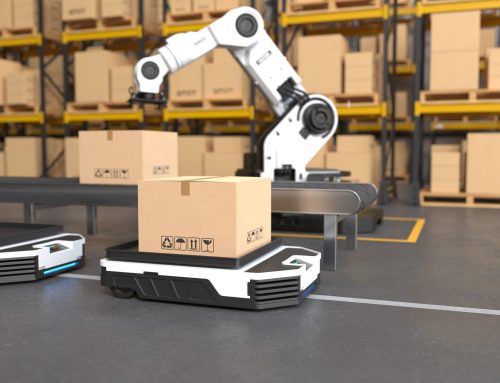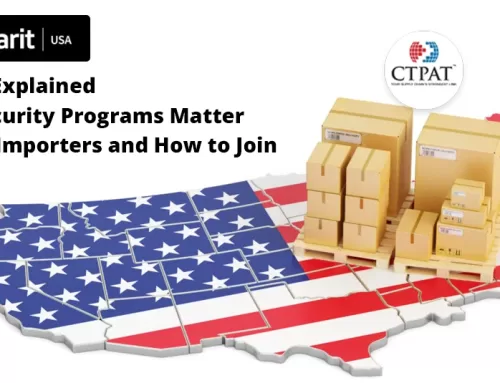Importing goods for the U.S. market can differ significantly depending on whether you’re running an e-commerce operation or supplying products for retail distribution. While the basics of customs compliance apply to both, the strategies, paperwork, and timelines can vary in significant ways.
This guide breaks down the differences so you can prepare the right approach for your business model.
1. Volume and Shipment Size
E-Commerce
E-commerce sellers often bring in smaller, more frequent shipments to keep pace with consumer demand and reduce storage costs. This may include parcel-level imports or consolidated shipments sent directly to fulfillment centers.
Retail Distribution
Retail distribution usually involves bulk imports, often at container scale, to stock warehouses and supply multiple store locations. This means higher upfront shipping costs but potentially lower per-unit freight rates.
2. Customs Documentation Requirements
Both models require core customs paperwork such as a commercial invoice, packing list, and bill of lading, but the details vary.
E-commerce imports may rely more on Section 321 low-value exemptions for shipments under $800, streamlining the process for faster clearance.
Retail shipments generally require full formal entries, with detailed Harmonized System (HS) codes and valuation breakdowns for larger quantities.
For a deeper look at low-value shipment rules, see our article on navigating U.S. de minimis entry regulations.
3. Fulfillment and Distribution Models
E-Commerce
Goods may be imported directly to a third-party logistics (3PL) provider, fulfillment center, or even directly to consumers. This model demands precision in product labeling and country of origin marking to meet U.S. import requirements.
Retail Distribution
Shipments are typically routed to centralized distribution centers before moving to stores. Retailers often have strict vendor compliance programs that importers must follow, including packaging standards and delivery timelines.
4. Regulatory Compliance Differences
Product Testing
For e-commerce, compliance risk often comes from a wide range of small, varied SKUs. You may be dealing with toys, electronics, or apparel in the same shipment, and each product category has its regulations.
For retail, large-volume imports of a single SKU still require testing but allow for batch-level certifications, often making compliance more predictable.
Labeling Requirements
Retail distribution tends to have stricter labeling needs tied to barcoding, retail tags, and shelf-ready packaging. E-commerce labeling focuses more on direct shipment accuracy and any online marketplace requirements.
5. Cost Considerations
E-commerce typically involves lower storage costs but potentially higher shipping costs per unit due to smaller shipment sizes.
Retail Distribution: Economies of scale in freight, but higher warehousing and inventory management costs.
Duty mitigation strategies, such as Foreign Trade Zones or tariff engineering, can help both models reduce landed costs. Learn more about this in our guide to duty-saving programs.
6. Technology and Tracking
E-commerce relies heavily on real-time tracking, API integrations, and automated customs declaration systems to maintain fast delivery promises. Retail distribution focuses more on coordinated freight tracking, EDI (Electronic Data Interchange) compliance, and forecasting to meet store-level demand.
7. Choosing the Right Customs Broker for Your Model
The right customs brokerage partner should adapt to your business model. For e-commerce, look for high-speed, digital-first customs processing with strong integration to fulfillment platforms. For retail, it means experience with large-scale entries, duty optimization, and compliance with retailer-specific requirements.
Final Thoughts
Whether you’re importing for an online store or stocking shelves nationwide, the import process must be tailored to your fulfillment model. By understanding these key differences, you can better plan your logistics, compliance, and cost strategy.
Import Faster with Digital Customs Clearance from Clearit USA
Clearit USA offers a fully digital customs brokerage tailored to e-commerce and retail importers alike. We handle everything from low-value entries to large-scale formal imports, fast, compliant, and online.
Start your customs clearance today at Clearitusa.com.



